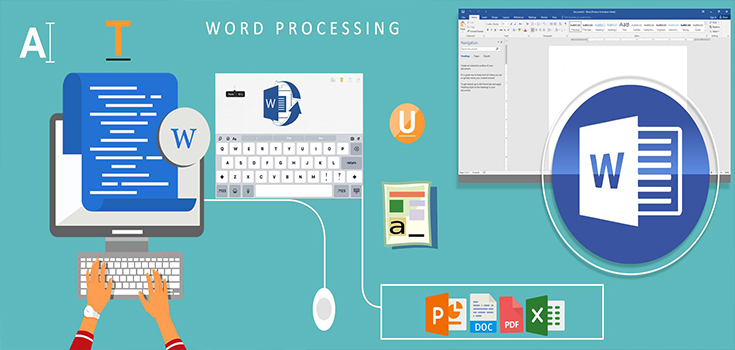After four decades, Windows will be released without an integrated word processor for the first time
Despite its other imperfections, Windows 11 has initiated the most substantial revamp of its built-in app suite in many years. While apps like Calculator have only received superficial changes, various applications, including Sound Recorder, Media Player, Paint, and the Snipping Tool, have undergone thoughtful redesigns and received new features, often for the first time in over a decade.
One notable exception to this revitalization effort is WordPad, the built-in rich text editor that has been a staple of Windows since Windows 95. Although WordPad is more limited than Microsoft Word, it offers more versatility than Notepad, enabling users to save and read .rtf, .docx, .odt, and .txt files, albeit with occasional formatting issues when handling Word documents. Unfortunately, WordPad’s last substantial update occurred in Windows 7 when it adopted the ribbon interface introduced in Office 2007. In Windows 11, WordPad remains largely unchanged.
Microsoft’s deprecated features page for Windows indicates that WordPad will not receive a redesign to align with other Windows apps. The application is “no longer being updated,” and while it remains available for now, it is slated for removal in a future Windows release. Microsoft has not specified whether WordPad will be removed in an update to Windows 11 or in a subsequent major Windows version.
There are no indications that Microsoft intends to reintroduce another rich text editor for Windows. The support note announcing WordPad’s deprecation suggests using Word for rich text document editing or exploring alternative options like web-based tools such as Google Docs or open-source alternatives like LibreOffice. This reflects the widespread use of such alternatives and underscores why WordPad is deemed unnecessary.
It is conceivable that Microsoft may enhance Notepad, an app that has received substantial attention in the Windows 11 era after years of neglect. Notepad has seen updates in the form of a new interface, font display options, and tab functionality. Alternatively, if users strongly object, Microsoft could reconsider its decision, as it did with MS Paint in the past. Despite initially marking it as deprecated during the Windows 10 era, Microsoft eventually backtracked and added new features to MS Paint.
However, it is unlikely that the removal of WordPad would generate the same level of public reaction as the deprecation of MS Paint. MS Paint has a longer history and has been used for creating complex artworks, while WordPad’s primary function has been for text editing. Unlike MS Paint, Microsoft’s official company accounts do not showcase documents created in WordPad.
The version of Windows that omits WordPad will mark the first time in Windows history that a rudimentary rich text editor is not included. Before the introduction of WordPad in Windows 95, every Windows release dating back to version 1.0 in 1985 included a predecessor called Windows Write, intended to bridge the gap between the plain-text Notepad and more feature-rich word processors.

